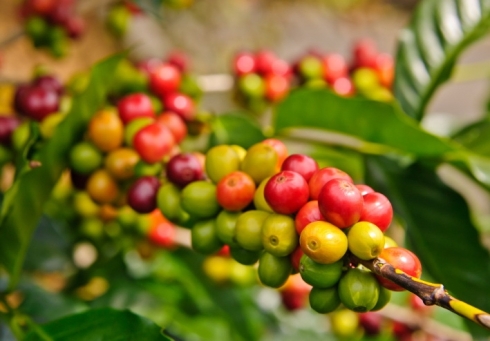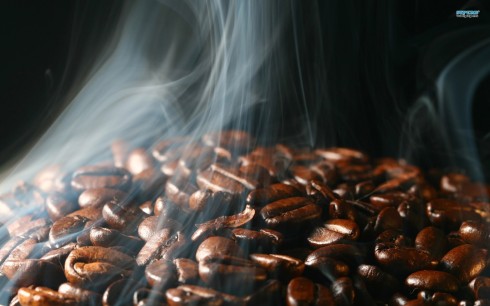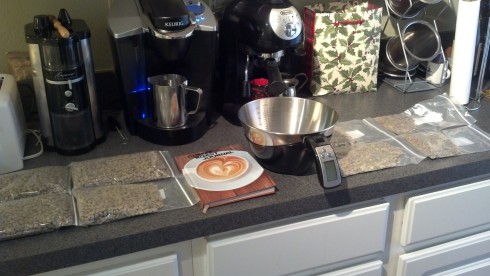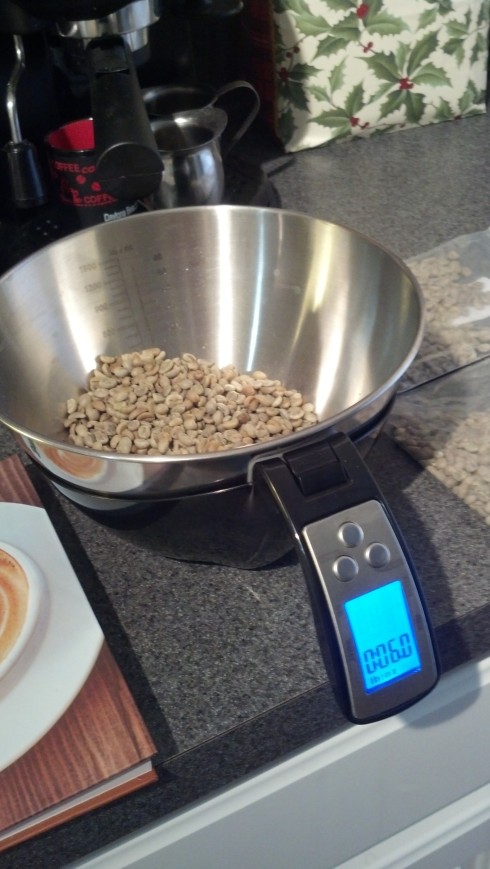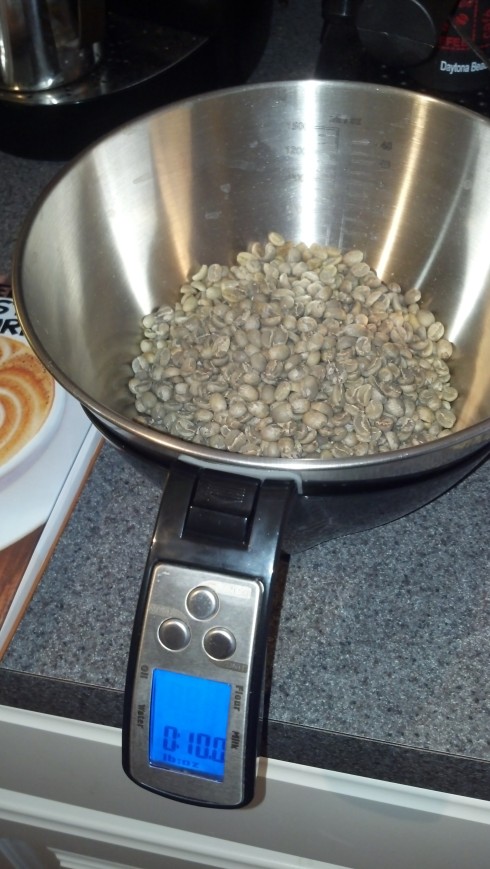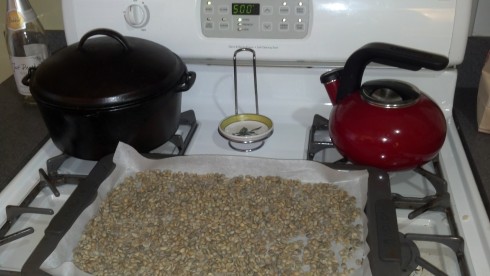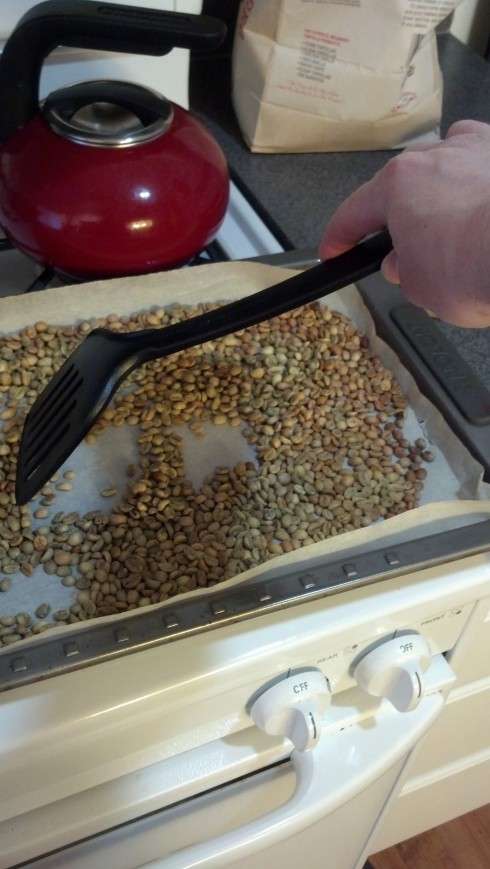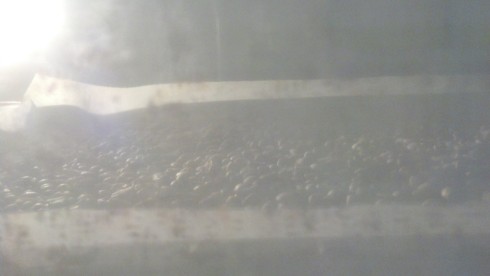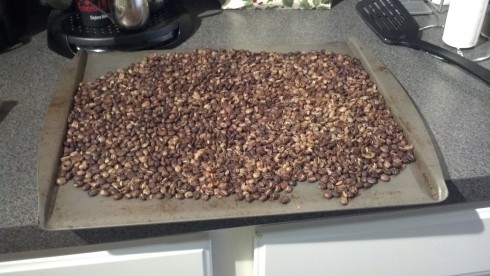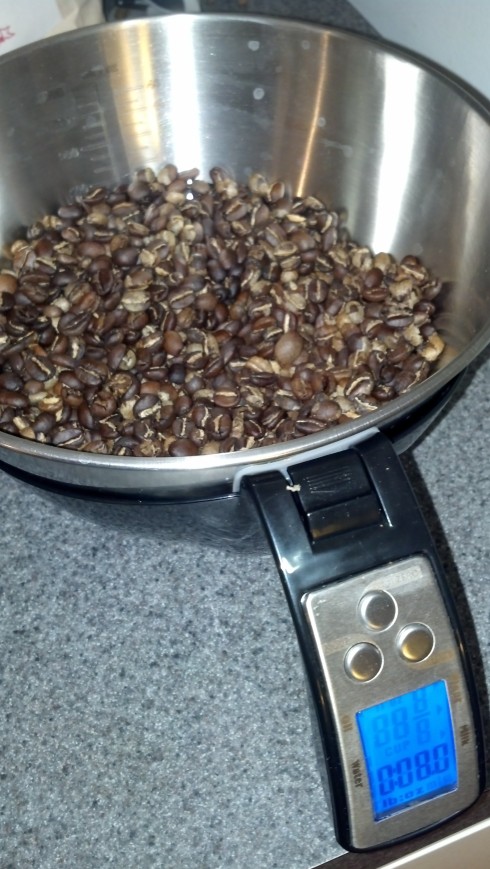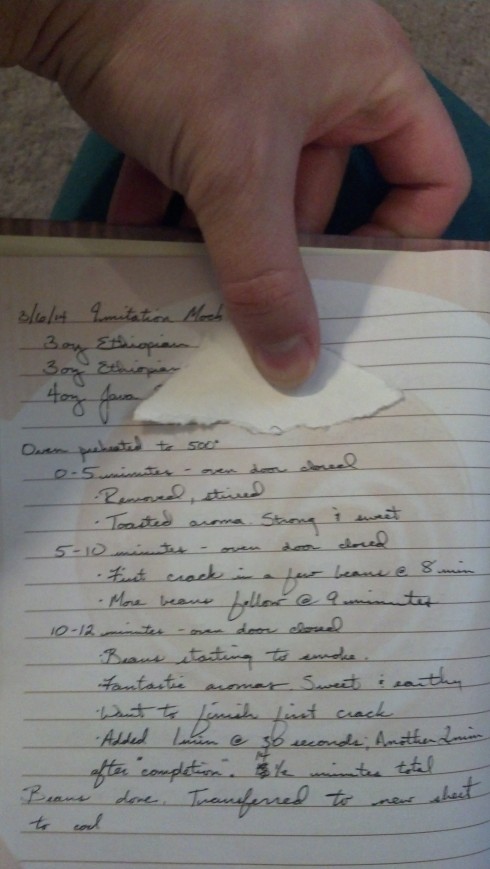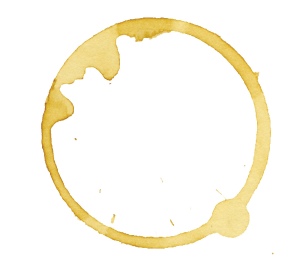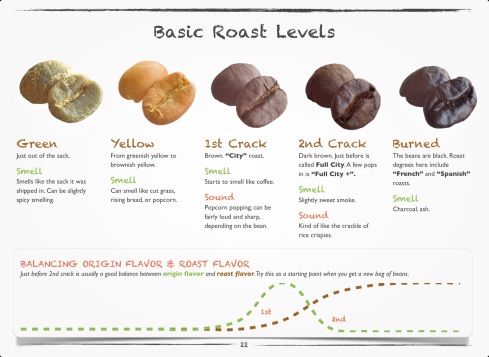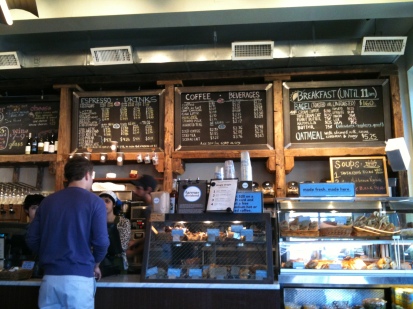
Truer words have never been spoken!
Hello friends! It’s been a bit of a hiatus as of late, and I must say, I’ve missed writing. But his has given me some time to gather some thoughts for this very moment, so let’s jump right in!
I’m beginning to put together the pieces for my own shop… but that fear keeps setting in. Where should I open it? What should it look like?
Most importantly, just how much do I need to make to keep my doors open?
These are the questions that haunt anyone looking to open a business, I’m sure. There are days where I feel like nothing in this world can stop me, I could open my doors tomorrow, and nothing could stop me on my journey to coffee success. Other days, I fear I’ll never gather the gumption to be able to open up.
It’s in those moments that I decide to fall back on a favorite pastime of mine: visiting different coffee shops. For this blog, three pop into my head. For purposes of this post, I’ll refer to them simply as the Lakeside Shop, the College Stop, and the Old Friend, Renamed.
I had never visited the Lakeside Shop before very recently, but it’s a location my folks enjoy, not only for the java, but for the wonderful view over the neighboring lake. The shop was cozy and had a very homey feel, though, without air conditioning, became very warm the day I visited. Not a deal breaker, by any means! Just something that I noticed. The menu was simple; maybe a dozen or so drinks with a few syrup/flavor options. They did have a great sandwich-builder menu. Easy to read, well laid out, and some great options for food.
I ordered a cappuccino and a sandwich (turkey and salami on rye! One of my favorite combinations.) The sandwich was excellent. The cappuccino…well, it was okay. Technically, it was a cappuccino! One part espresso, one part milk, one part froth. The issue I had with it was that it was created like a…how shall I put this… a coffee parfait, the froth scooped on top like a garnish rather than being allowed to incorporate with the flavors, bodies, and textures of the other two ingredients. The coffee itself was adequate. It was made well with a quality machine, but the beans weren’t special. And isn’t that why we go to a coffee shop? For coffee?
The service was okay. One particularly…abrasive employee, but everyone else was pleasant and friendly. I did not have an opportunity during my visit to pick their brains about coffee…they had a fairly busy afternoon. And in the end, that’s the ultimate judge of a coffee shop’s success: the lines they service.
During my visit to the College Stop, a little shop in a strip mall by a local community college, I was greeted by a large seating area, a case full of baked goods…and employees behind the counter doing…I don’t know. They were looking at something behind the counter, and seemed a little surprised to see me. A sign of the store’s “success”? Once greeted, the employees were friendly, but very matter-of-fact. Very little chatting or banter, just a very business-like approach to my coffee transaction.
I ordered an espresso and a muffin. As seems to be the pattern so far, the muffin was good…the espresso was just okay. I couldn’t tell what machine was being used to pull my shots. I did notice that it took about 15 seconds to pull them, which is, even by espresso standards, exceptionally short. A quality shot of espresso should pull for a minimum of 20 seconds, and even that is too short by the standards laid out by the Specialty Coffee Association of America. The shots were bright and acidic, lacking the signature caramel-like sweetness caused by the extra time spent extracting in hot water, allowing the sugars and oils in the beans to actually caramelize and sweeten the espresso naturally. It wasn’t the worst coffee I’ve ever had…but it certainly left a bad taste in my mouth!
Out of curiosity, I had to visit a location that I used to frequent under a different name, but was now new and reopened. My Old Friend was still in that very familiar location near the train tracks. Walking into the doors was strange, expecting to see some very familiar seating and decor. Instead, I felt as though I were swimming in a very large space. Almost thrown together, but vacant. It was day one, so I was willing to overlook this minor gripe.
Perusing the menu, I noticed a golden word: Ristretto. I challenge you to walk into your favorite mainstream coffee shop and ask for a ristretto. See what kind of reactions you get.
Simply put, a ristretto is the first half of an espresso shot. Remember my earlier post on brewing coffee, where I mentioned that the first half of the pot would have the strongest perceivable flavors from the beans? On a home coffee maker, this would give you half a pot from a full pot’s worth of beans, which becomes costly, wasteful, and fairly difficult to successfully manage. On an espresso machine, where you’re using beans in much smaller batches and in a much more specific environment, you can experience this sweeter, stronger, richer brew without the guilt of wasting a massive quantity of coffee beans.
Curious, I ordered my ristretto and the process of being run in started. A young girl (very young…likely the daughter of the owner) manned the register. She was kind and quite pleasant…but had no clue what I was getting (yes, I told her), or how to find it. That’s okay. Everyone has to learn. A bit of coaching in the moment is a great learning experience. I received my shots and downed them. Still standing at the register, I waited while she struggled with the credit card machine. Long story short, my five minute visit turned into fifteen minutes while I waited to pay for the drink I had already consumed.
I understand that the register can be scary, and I do have sympathy for the girl…though as a potential business owner, I have to think you’d want to put your best foot forward in this situation. Put someone knowledgeable in both coffee and the store menu in position to handle the customers. I was kind, friendly, and courteous during my visit… but I can imagine a customer or two becoming quickly frustrated and not showing the same kindness, which would be a shame both to the girl’s psyche, and the young reputation of the store.
The ristretto, on the other hand, was fantastic! Perfectly pulled, the color was a wonderful, glowing bronze. The brew had a sweet, decadent aroma, and the taste was creamy and smooth. If/when I return to this shop in the future, it will be for the coffee. Judging from these shots, the barista was well-trained and knew how to handle and brew the product. That is invaluable to any specialty coffee shop worth its salt.
The point of these three illustrations is this: each store had a little something to offer, but each store fell short of perfection. It’s visits like this that will undoubtedly help me in my coffee quest. Use those positive qualities while learning from the things that can be considered drawbacks. Take bits and pieces of these experiences to create that one-of-a-kind shop that people will flock to.
That’s the dream!
